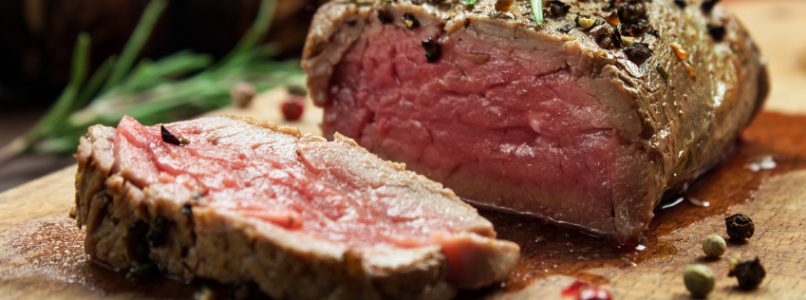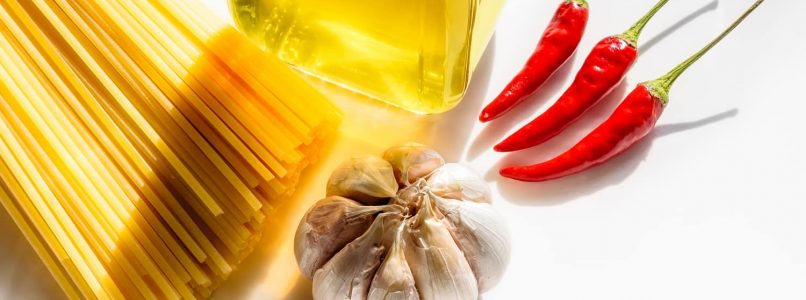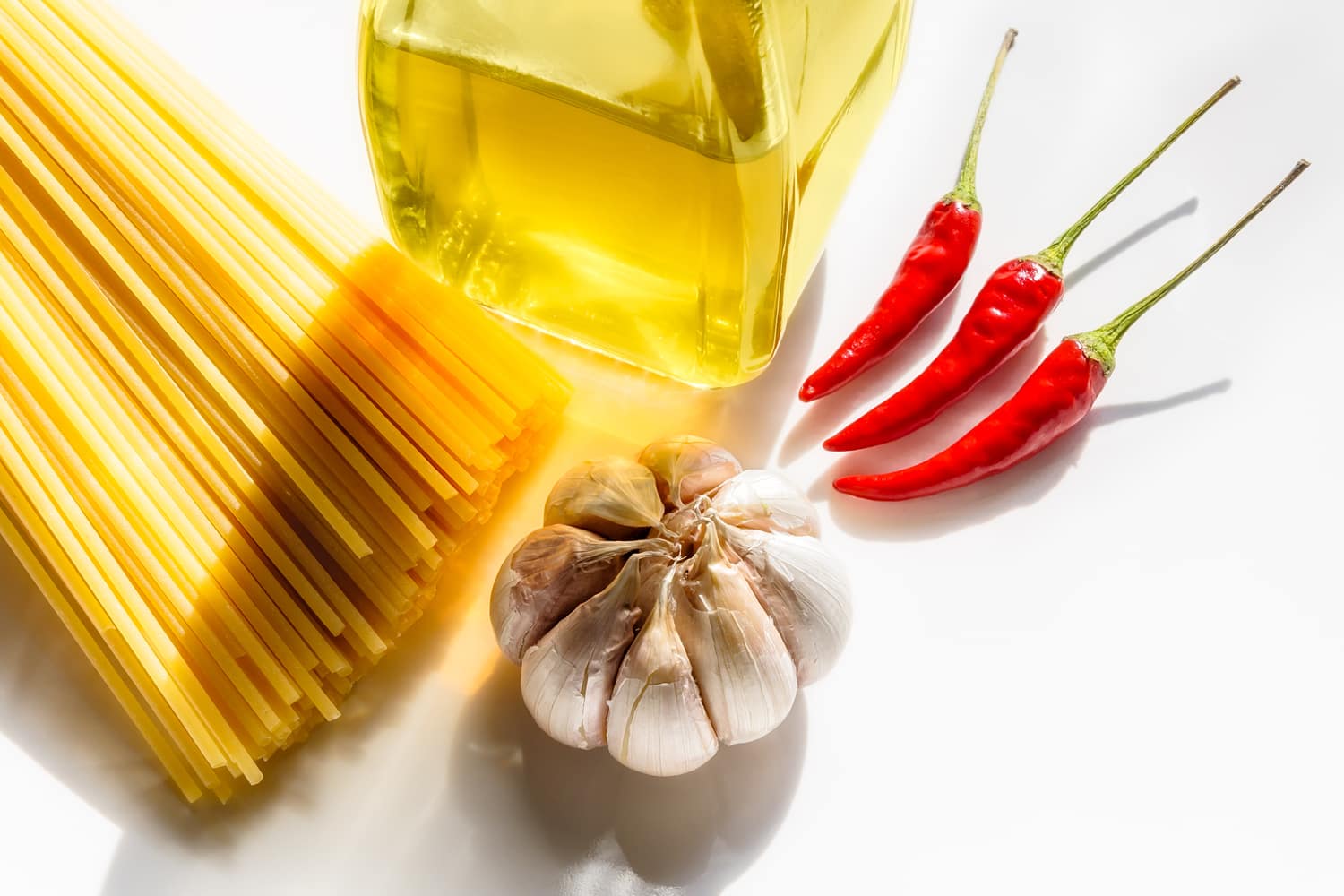History and bon ton of the napkin, from the slice of bread… to the most modern mise en place
Until the late medieval era, the napkin did not exist and we cleaned our mouths with a tablecloth (when there was). As a substitute, a slice of bread was called "bread from the mouth" which was used to wipe one's lips and then eat it.
Leonardo da Vinci he was the first to be interested in the design of "mini tablecloths", tired of the dirt that prevailed during Renaissance banquets. So it was that he designed the first napkin, to be placed on the guest's plate, but it did not have the desired success … the guests, not accustomed to that object, used it in the most disparate ways.
Only later did small pieces of cloth appear: first placed on the right shoulder, to wipe his mouth with his left hand, then placed in the hollow of the right elbow and only later did they begin to be placed on the table.
Where do you put the napkin at the table today?
We often ask ourselves this as an existential doubt while the table is being prepared for the guests who are about to arrive.
However, the answer to this question is not unique, it all depends on the type of mise en place that you want to present.
First of all, we must always keep in mind that etiquette is not a series of imposed rules, but rather the result of purely logical reasoning that led the company to establish the most advanced way to use the tools available, to share the table in the civilized way possible.
Elisa Motterle, etiquette and bon ton consultant, always confirms this thought during his online courses: «There is absolutely no right or wrong in bon ton. Functionality and common sense are the only true rules of etiquette .
He also suggests: «Better to concentrate on what absolutely must be avoided: how to place the napkin under the plate or under the cutlery, as it is totally illogical. Unfolding the napkin is the first thing we have to do once we have ordered at the restaurant, and it would be better to do it without moving the whole mise en place! .
There are some cases in which it is allowed to place the napkin on the plate: «For example, Elisa explains, «in banqueting, during weddings or events, where seating spaces must be maximized .
It is also necessary to evaluate a fundamental thing of a hygienic order: past (fortunately) the fashion of napkins folded in a very creative way and placed on the plate, now it is preferable to fold them in the simplest way (in the shape of a rectangle). In this way the napkin is touched as little as possible by other hands.
"The theme was already present in the Renaissance", always says the etiquette expert Elisa Motterle, "when the napkins with artistic shapes, which were real sculptures of folded fabrics, remained on the table as decoration, and then the waiters passed to leave small pieces of cloth to the seated diners to wipe their mouths .
After these premises we come to the differences between the mise en place most used today.
English mise en place: napkin on the left
The most used mise en place is the one called "English", recognizable for placing the cutlery with the prongs facing upwards, the glasses in order grouped at the top right, the knife and spoon to the right of the plate and the fork to the left.
The napkin in this case would then go to left for a balance of the space of the mise en place, which otherwise would be disproportionate to the right, but above all for a reason of a logical-functional nature: by grabbing a flap of the napkin with the right hand, with a single simple gesture it can be easily unfolded and rest on your legs.

La mise en place in the French style: the napkin on the right
At the French court it was customary to place the cutlery with the prongs downwards towards the table, for several reasons: to prevent the prongs from getting trapped in the lace of the sleeves and to emphasize one's wealth.
By placing the prongs down, in fact, one did not care about the risk of ruining the tablecloths, thus emphasizing one's social status. Subsequently, the engraving of the noble coat of arms also began to be placed behind the cutlery to adapt to this type of equipment.
The French mise en place is therefore easily recognizable, even if little used today, by the positioning of the cutlery downwards and the glasses arranged in a row above the plate. In this way there is no longer the need to optimize the space and the napkin can be put on right. This type of French table setting was also widely used in Italy in the Savoy era, while today it is mostly found in France during formal events.
There is therefore no standard rule for the position of the napkin, you can put it wherever you want, as long as common sense and functionality are taken into consideration, which are the only true rules of bon ton!



 Garlic, oil and hot pepper
Garlic, oil and hot pepper The cutlet
The cutlet